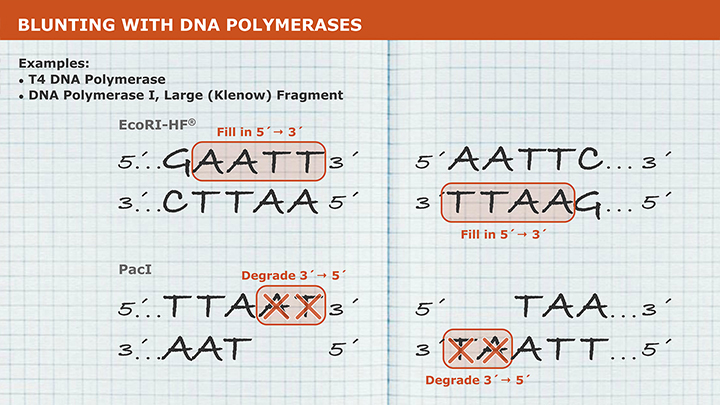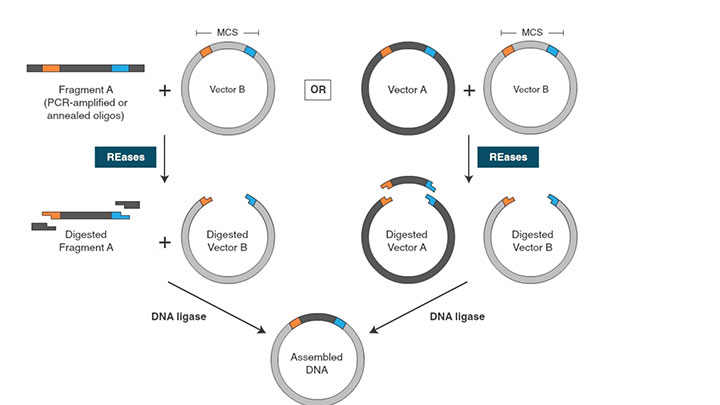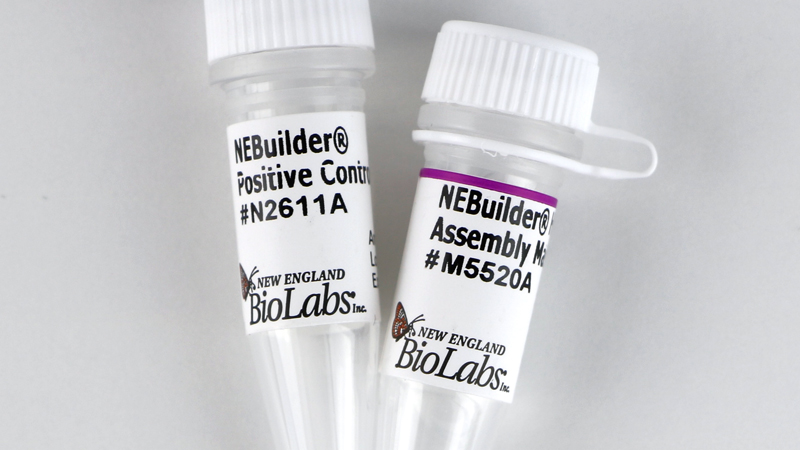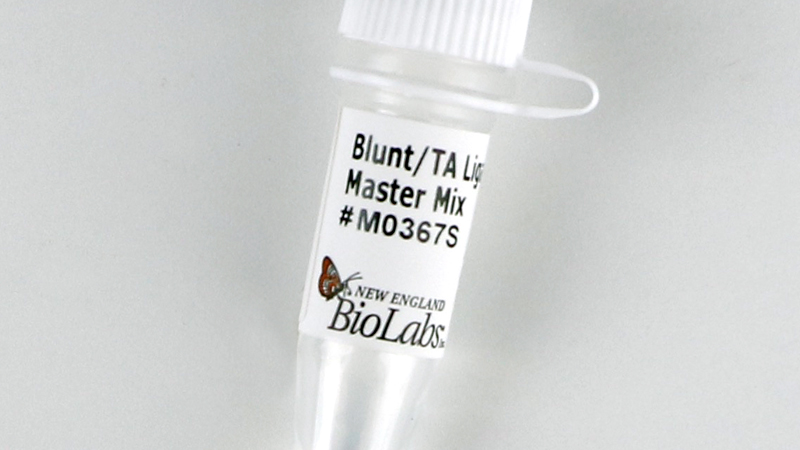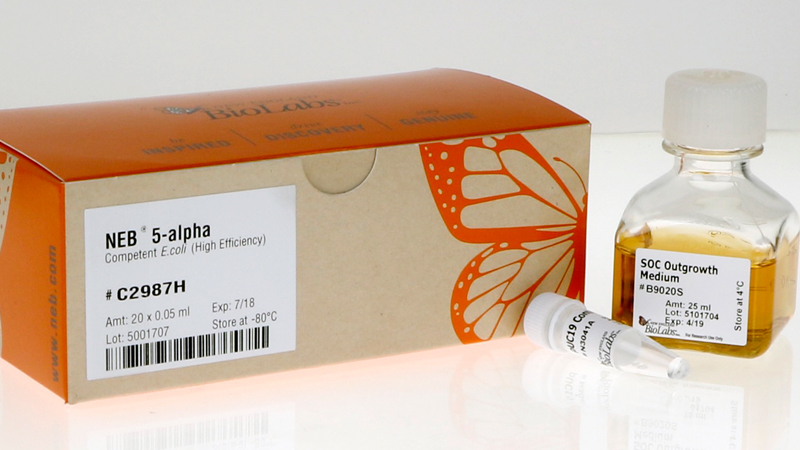DNA Polymerase I, Large (Klenow) Fragment
Product information| Code | Name | Size | Quantity | Price | |
|---|---|---|---|---|---|
M0210S |
DNA Pol. Lg. Fragm. (Klenow) |
200 units ( 5000 units/ml ) | - | Unavailable in your region | |
M0210L |
DNA Pol. Lg. Fragm. (Klenow) |
1.000 units ( 5000 units/ml ) | - | Unavailable in your region | |
M0210M |
DNA Pol. Lg. Fragm. (Klenow) |
1.000 units ( 50000 units/ml ) | - | Unavailable in your region |
